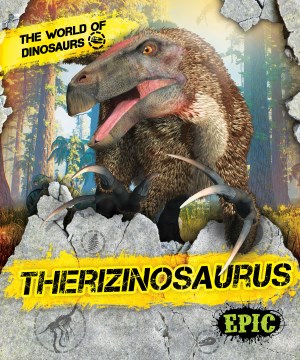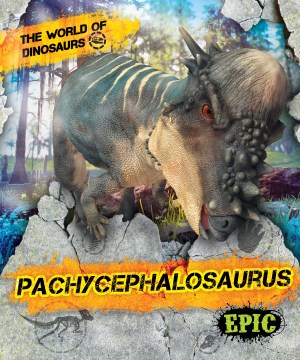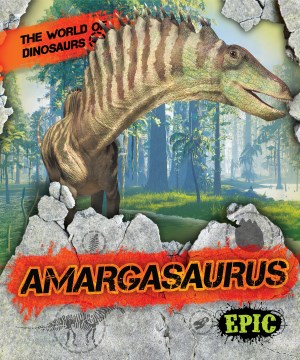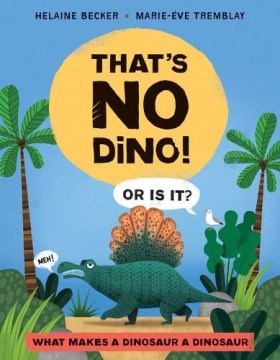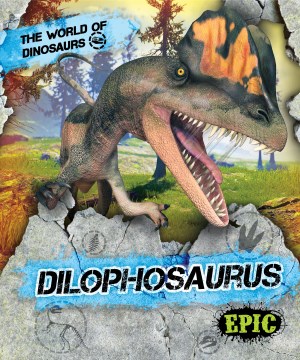
by Rebecca Sabelko
“The World of Dinosaurs” is a set of 22 books that presents the latest information on not only the well-known creatures, but also some of the lesser known (or more recently known) representatives of this group. This high/low series is packed full of information in the form of graphics, including size charts, timelines and labeled maps and illustrations. Text passages are accessible and bolded words are defined in the glossary. Typical nonfiction features include: table of contents, glossary, index, labeled illustrations and more. The best part of these books is the “Get to Know the (insert dinosaur)” near the end of book. This two page spread puts all the relevant information into an easy-to-read, attractive layout. This series is going to be very popular among your dinosaur-loving patrons. It’s actually a perfect book not only for the high/low target audience of grades 3-7; younger students will love delving into the world of dinosaurs in these books as well.
In Dilophosaurus, readers learn about a crested dinosaur that ate meat and had a special finger that acted much like a human thumb, which scientists believe was used to hold prey. This apex predator was once the largest dinosaur in North America. Illustrations and graphics do a great job of enhancing the text about this Jurassic period dinosaur. Be prepared to be awestruck by this book!

